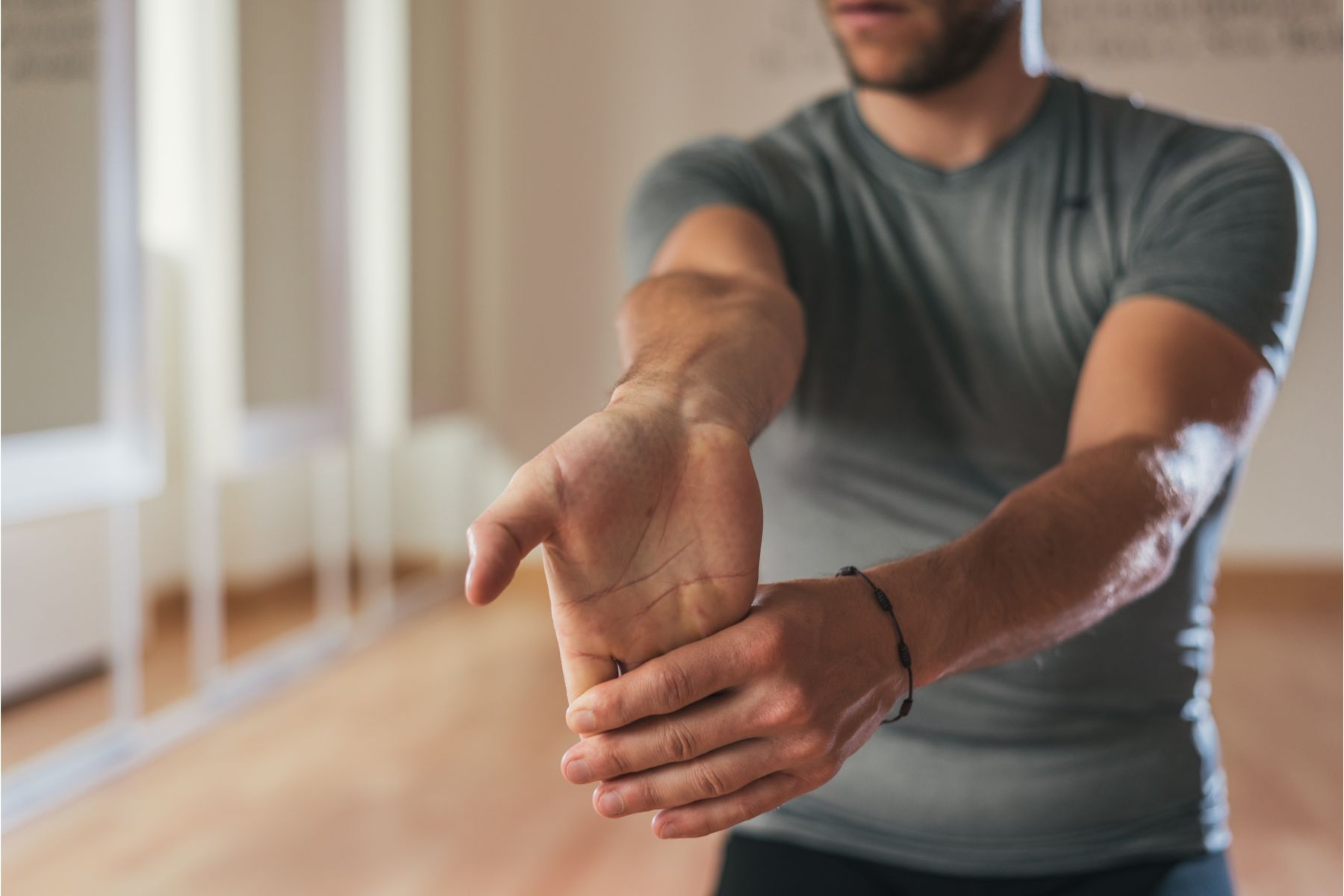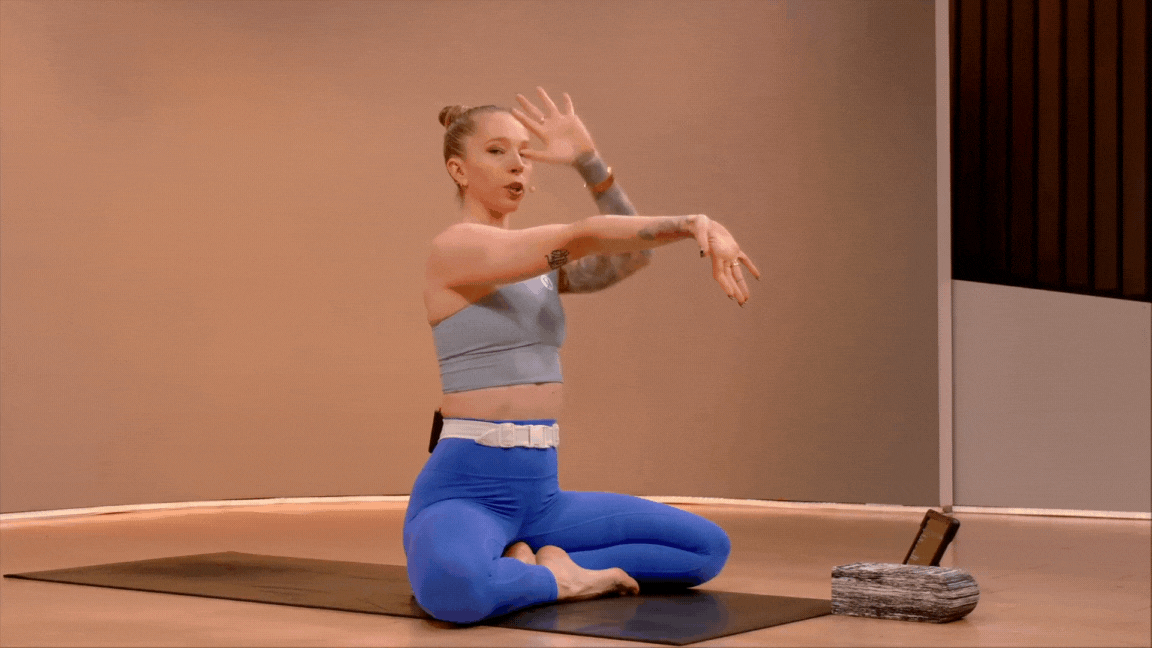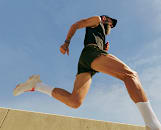
emiliozv/iStock/Getty Images Plus via Getty Images
7 Forearm Stretches to Include In Your Cooldown (or Whenever You Need to Release Tension)
A few quick stretches go a long way when it comes to mobility.
By Kells McPhillips•
Which Muscles Are Involved In Forearm Stretches?
7 Best Forearm Stretches
When You Need to Give Your Forearms a Good Stretch
The Benefits of Doing Forearm Stretches
How to Add Forearm Stretches to Your Stretching Routine
When you think of stretching, you probably think about hitting the big muscle groups: hamstrings, hips, quads. It’s common for the body’s smaller muscles, like those in the forearms, to be overlooked, even though they help perform everyday tasks like picking things up, typing, and lifting weights. Read on to learn why you don’t want to skip forearm stretches, how to include them in your routine, and seven of the best forearm stretches to try.
Discover more ways to reach your goals with Peloton
Which Muscles Are Involved In Forearm Stretches?
According to physical therapist W. Zach Smith, your forearms are composed of two groups of muscles: those on the front of the arm and those on the back.
The palm side of the forearms is made up of the wrist and finger flexors, both of which help you grip various objects, like your phone, a pair of dumbbells, or a kitchen knife.
On the back of your forearm (the fingernail side), you’ll find the muscles that help extend the wrist (i.e., bend your hand backward, bringing your knuckles toward your forearm): the extensor carpi radialis longus and the extensor carpi radialis brevis. There’s also the brachioradialis, which helps bend the elbow.

Peloton App
Access thousands of classes with no equipment needed.
7 Best Forearm Stretches
When you’re building your forearm stretching routine, you need to focus on both the front and back of your lower arm. Below, Peloton instructor Rad Lopez provides seven forearm stretches you can add to your upper body care routine, whether you do them in between meetings or after a long lifting session.

Wrist Flexor Stretch
This stretch focuses on the palm side of the arm, lengthening the finger and wrist flexors.
With your palm facing up, extend one arm straight in front of you.
Using the opposite hand, gently pull back on the fingers, pushing them down toward the floor. Make sure to keep your elbow straight and shoulders relaxed.
Hold this stretch for 20 to 30 seconds.
Repeat 2 to 3 times on each side.

Wrist Extensor Stretch
This targets the back of your forearm by lengthening the extensor carpi radialis longus and the extensor carpi radialis brevis.
With your palm facing down, extend one arm straight in front of you.
With the other hand, gently pull your fingers down and toward the body. Keep your elbow straight and shoulders relaxed.
Hold this stretch for 20 to 30 seconds.
Repeat 2 to 3 times on each side.
Forearm Wall Stretch
This stretch targets the full forearm from wrist to elbow, according to Rad.
Stand facing a wall and place your palm on the wall at shoulder height, with fingers pointing down toward the floor.
Keeping your arm straight, gently turn your body away from the wall until you feel a stretch.
Hold this stretch for 20 to 30 seconds.
Repeat 2 to 3 times on each side.

Wrist Circles
Wrist circles increase blood flow to the forearm area and work through their entire range of motion, helping the muscles relax and release.
Hold your arms out in front of you.
Gently rotate your wrists in one direction, and try to move slowly through their full range of motion.
Continue for 30 seconds, then repeat, moving in the opposite direction.

Tabletop Stretch
This move targets the inside of your forearm and wrist. It may feel a little more intense than the other stretches on this list. As you advance, you can flip both wrists at the same time, or gently lean back to intensify the stretch.
Start in a tabletop position with your hands beneath your shoulders and your knees directly below your hips.
Gently turn your right hand so that the fingertips face backward toward your knees. Breathe here for 30 seconds.
Switch hands and repeat on the other side.

Palm Stretch
This is another gentle stretch for your inner forearms.
Stand or sit with your shoulders relaxed. Bring your hands together at your heart in a prayer position.
Gently press your palms together until you feel the stretch.
Hold this pose for 30 to 60 seconds. That’s one rep.
Take a break. Then repeat 3 more times.

Forearm Foam Roll
“Foam rolling and massage in combination with stretching can greatly benefit recovery by increasing blood flow, reducing tension, realigning muscle fibers, improving flexibility, and lowering the risk of repetitive strain injuries,” Rad says.
Start in a tabletop position on your hands and knees, with a foam roller on the floor horizontally in front of you.
Place the palm side of your right forearm on the foam roller. Gently rest your left hand on top of your right.
Slowly roll your forearm over the foam roller, stopping for a second if anything feels particularly tight.
Continue for 30 seconds, then repeat on the other side.
When You Need to Give Your Forearms a Good Stretch
“Just like any other area, if you're going to use it a lot, you should take care of it,” Smith says. “Adding some simple stretches and strength exercises can go a long way.”
And most of us are using our forearms a lot. “Any career that requires you to use your hands often can lead to [forearm tightness]. Even things like typing and mouse use can lead to tight forearms,” Smith explains. This also applies to physical laborers or anyone whose job involves a certain amount of heavy lifting. “Activities like tennis, golf, rock climbing, and even things like crochet or knitting can cause forearm tightness as well,” he adds.
All of this means you should be stretching your forearms at least a few times a week. Remember: Any symptoms like tightness, decreased range of motion, and stiffness in the wrists and forearms are all signs that it’s time to roll out your yoga mat and loosen things up.
The Benefits of Doing Forearm Stretches
The primary purpose of forearm stretches is to release tension and prevent injuries that can happen if these muscles become too tight. Forearm tightness results in reduced range of motion, which can cause other parts of your arm, like the elbows or shoulders, to overcompensate, Rad says. Over time, this could result in injury. “The most common injuries due to tight muscles in the forearms are golfer's elbow (inside of the elbow) or tennis elbow (outside of the elbow), and nerve entrapment injuries like carpal tunnel,” Smith says.
Too much tension in your lower arm can also impact your ability to go after your fitness goals. “Tight forearms can impact grip strength and overall performance by limiting the range of motion, as well as the full contraction and relaxation cycle needed for grip strength,” Rad says. This can impact your ability to hold onto a dumbbell or barbell, or perform other exercises that require grip and forearm strength, such as farmer's carries, snatches, or biceps curls.
How to Add Forearm Stretches to Your Stretching Routine
Working forearm stretches into your routine is as simple as adding some of the exercises above to your usual mobility work and making a point of stretching your forearms after activities like weightlifting or rock climbing. Rad recommends performing dynamic forearm stretches (i.e., moving ones, such as the wrist circles listed above) during your workout warm-up, and saving static stretches (i.e., stationary ones, such as the tabletop stretch) for after your workout.
If you prefer a guided approach, check out Peloton’s wrist mobility classes and 10-minute Focus Flow: Wrist classes for help limbering up this part of the body.
Remember, staying consistent with your stretching is the most important thing—and any stretching is better than none. If you need to start with only one mobility session a week or a quick five-minute cooldown stretch after your workout, that's still better than nothing. Over time, you'll realize just how good stretching feels and wonder how you ever went without it in your routine.
Related Articles
This content is for informational and educational purposes only and does not constitute individualized advice. It is not intended to replace professional medical evaluation, diagnosis, or treatment. Seek the advice of your physician for questions you may have regarding your health or a medical condition. If you are having a medical emergency, call your physician or 911 immediately.
Level up your inbox.
Subscribe for a weekly dose of fitness, plus the latest promos, launches, and events.
By providing your email address, you agree to receive marketing communications from Peloton.
For more about how we use your information, see our Privacy Policy.














